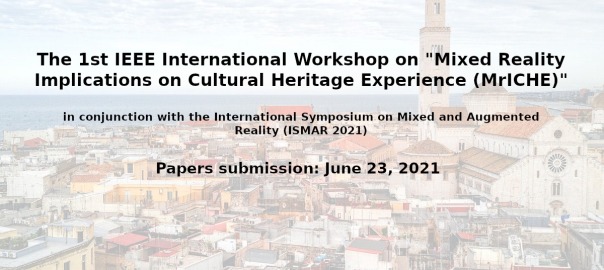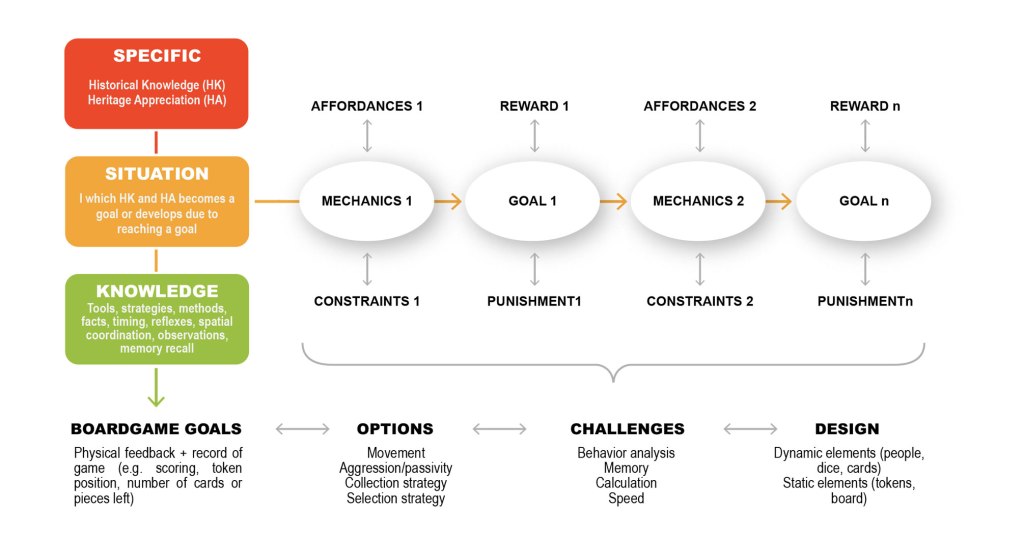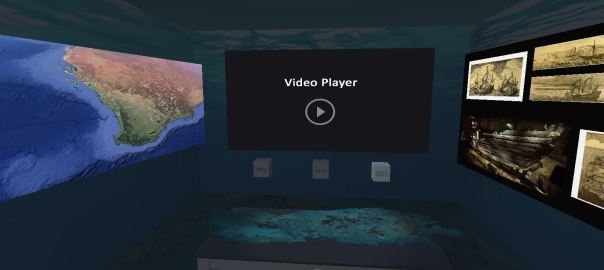With Dr. Juan Hiriart, wrote a very short chapter for
Champion, E., & Hiriart, J. (2023: in press). Workshopping Board Games for Space Place and Culture. In C. Randl & M. Lasansky (Eds.), Playing Place: Board Games, Popular Culture, Space.
NB, the draft of the current chapters looks great so far!
To convey built heritage values and historical knowledge through boardgame design may seem an odd decision. Communicating space, place and culture thorough play is a challenge let alone through a medium inherently incapable of evoking the direct experience of inhabitation and three-dimensional insideness-outsideness. Engaging, social, quick to make and fast to learn or complex and nuanced, we argue the wider milieu of boardgames, played, performed, and experienced, along with imaginative reconsiderations (to be discussed), can also evoke spatial experiences.
Boardgames such as Star Wars: The Interactive Video Board Game (Parker Brothers 1996), The Princes of Florence (Ravensburger, 2000), Cleopatra and the Society of Architects (Days of Wonder, 2006), Arkadia (Ravensburger, 2006), The Modern Architecture Game (NEXT Architects, 2012), Blueprints (Competo, 2013), Katsuyama water (EmperorS4, 2013), IMHOTEP (Kosmos, 2016), The Architects of the Colosseum (Tasty Minstrel Games, 2016), and Architects of the West Kingdom (Garphill Games, 2018), demonstrate that boardgames can evoke some sense of spatiality and spatial relationships. Tokens or even gameboards can also be architectural elements or models. Architectural expositions are also increasingly featuring boardgames (Fulcher 2019).
A second challenge, of direct interest to architects, is how the interactivity of experiencing place can be simulated and appreciated through game design, the creation and maintenance of platial relationships by social and even political actors is not trivial (Galloway 2008). A third challenge inspires our research: how to convey historical information and cultural heritage via (board) game design. From the complex to the spontaneous, boardgames can be effective, visceral tools for cultural immersion, challenging cultural assumptions and preconceptions, encouraging discussion and collaboration between players, provoking insight and enjoyment with simple props or intricate rules (Figure 1).












